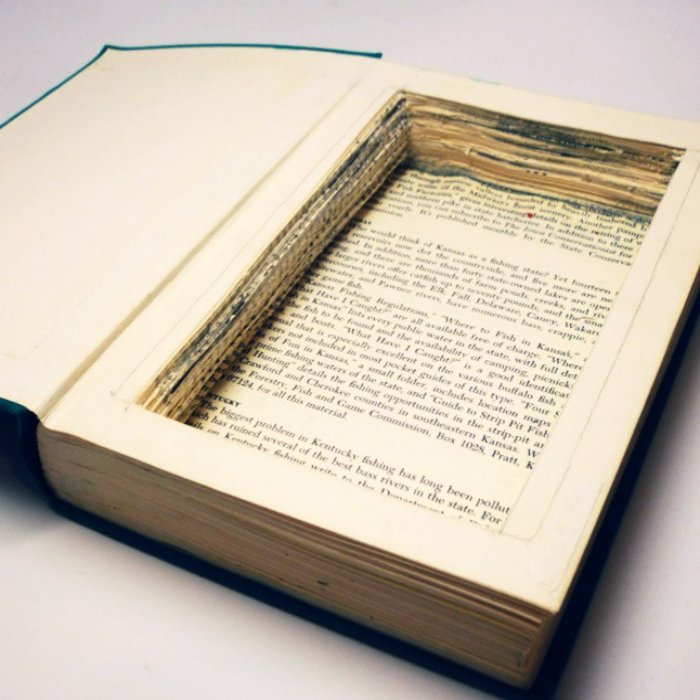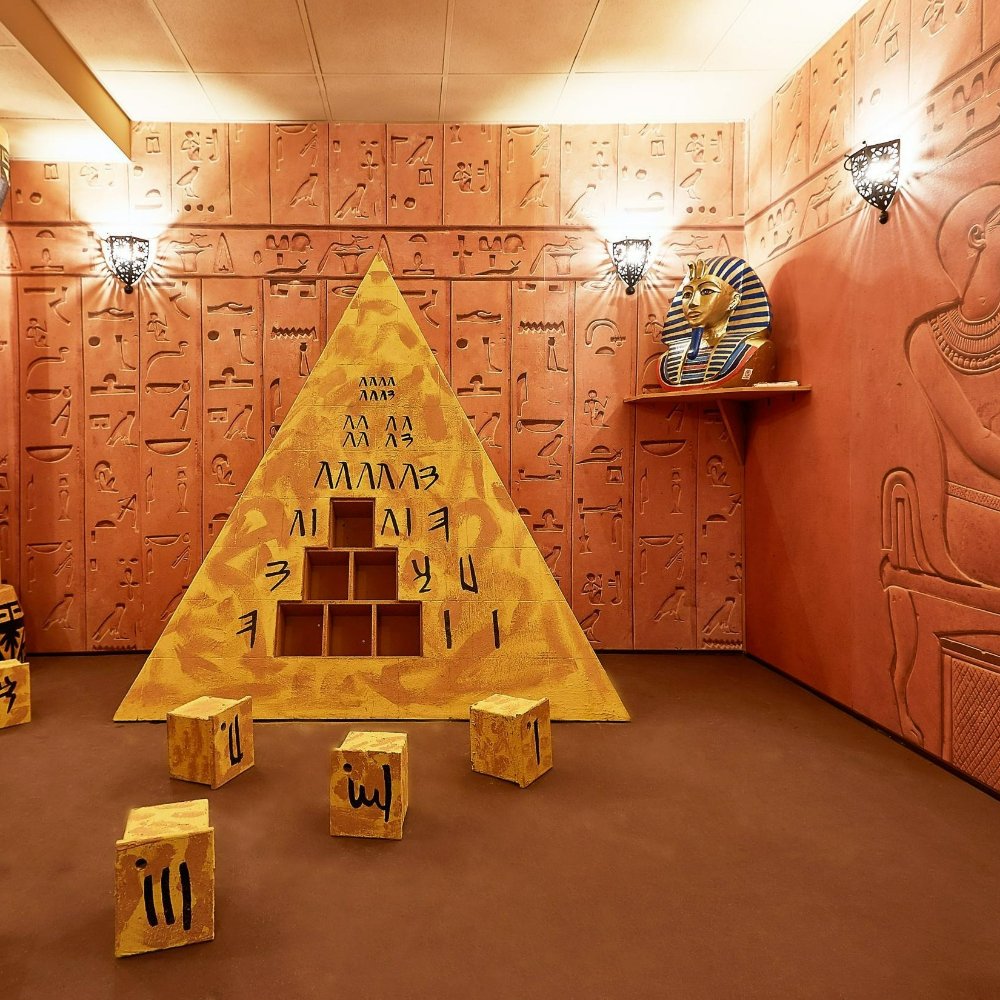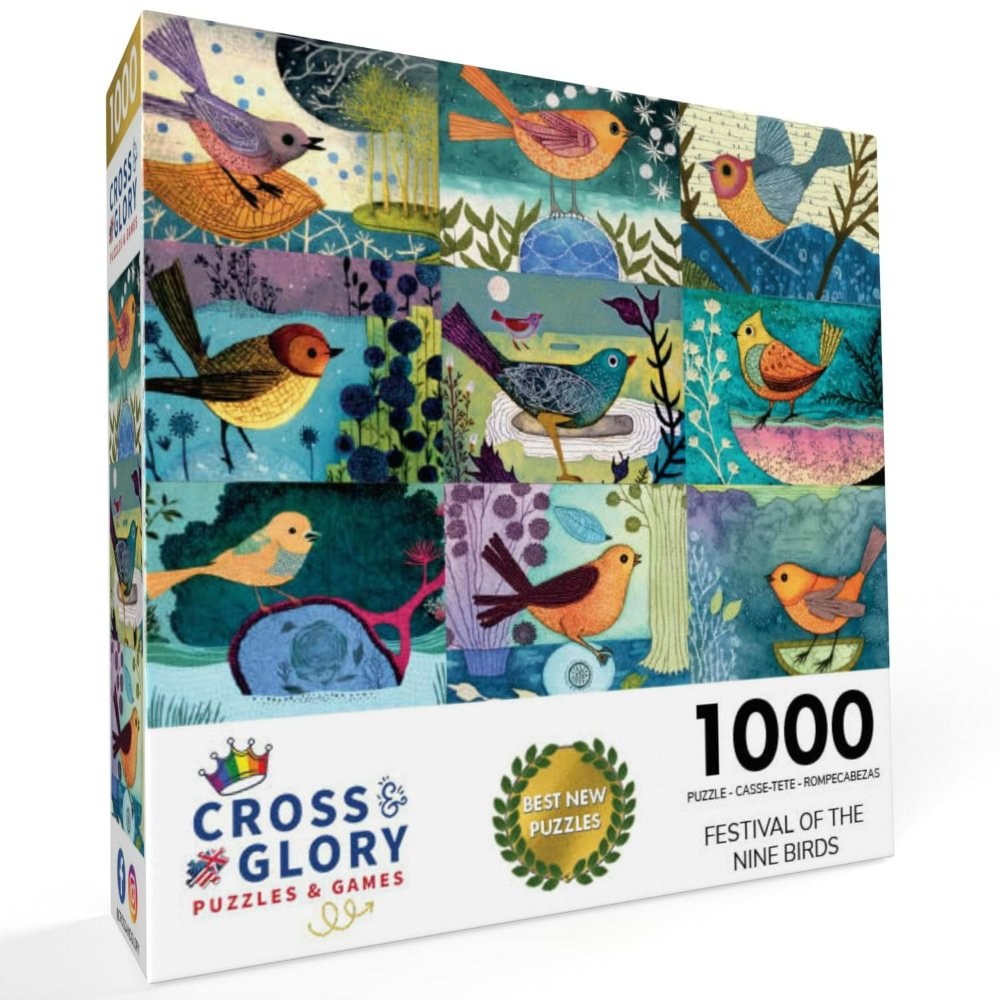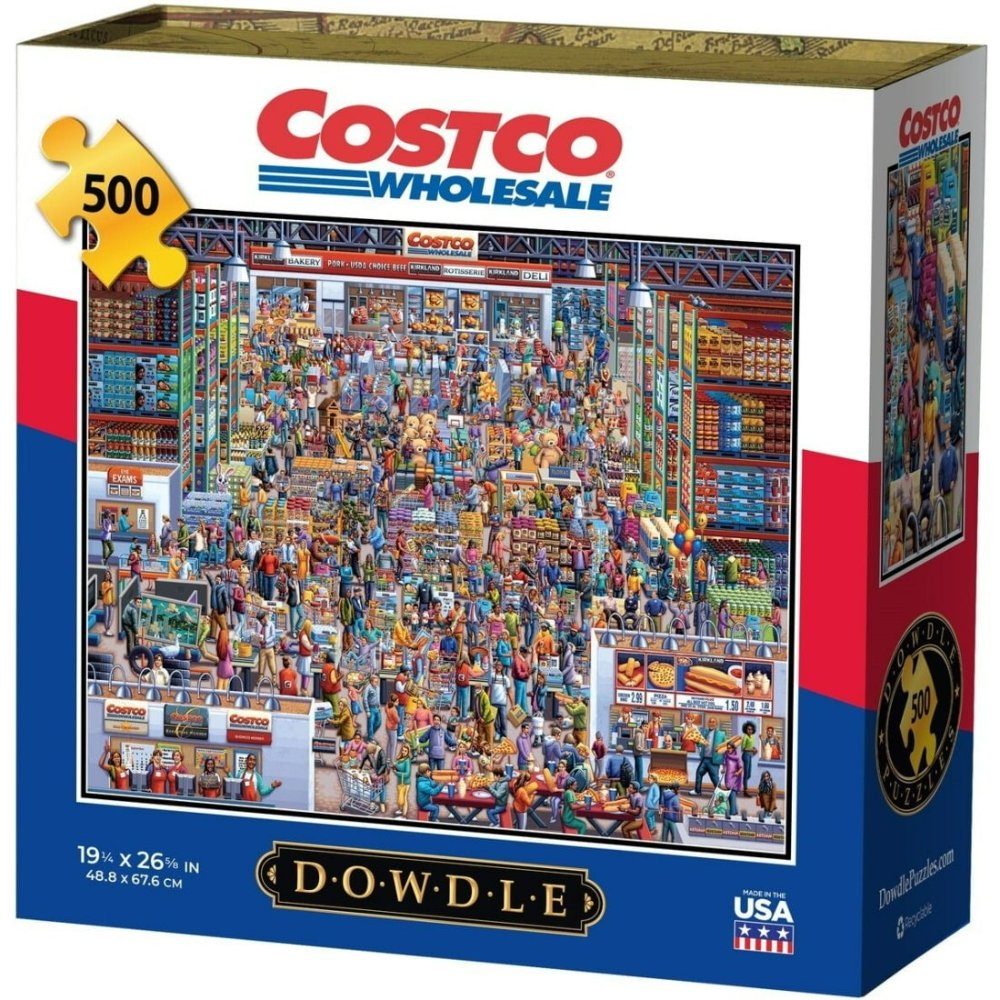Introduction to DIY Escape Room Puzzles
Escape room puzzles bring excitement and challenge to any gathering. They can turn a simple room into a thrilling adventure. Making your own puzzles doesn’t require a huge budget or advanced skills. With some creativity and basic household items, you can craft an engaging experience right in your home or office.
Creating DIY escape room puzzles is a great way to entertain friends, family, or coworkers. It fosters teamwork and sharpens problem-solving abilities. It’s not just about finding a hidden key; it’s about the journey of solving a series of interconnected challenges that lead to the great ‘escape’.
To start, think about the escape room’s theme. This will guide your puzzle creation. Aim for a mix of types, such as physical objects, secret messages, and technology-based challenges. Ensure you provide clear instructions and a backstory to immerse players fully.
To keep costs down, use everyday items. A message written in invisible ink, a lock secured with a riddle, or a clue hiding inside a commonplace book can turn the mundane magical. Scour through the Retrieval Result guide for a plethora of ideas and printable puzzles to kickstart your imagination.
Remember, the best escape room puzzles are those that are clever yet solvable. They should challenge players but not frustrate them. It’s a fine balance that encourages collaboration and celebrates the joy of cracking a code or discovering a hidden compartment.
Throughout this guide, we will explore several key aspects of DIY escape room puzzle creation. We will provide tips on crafting printable puzzles, concealing clues in creative ways, and ensuring your puzzles appeal to a diverse range of skill sets. Get ready to dive into the world of puzzle-making where the limit is your own creativity!

Printable Escape Room Puzzles
Creating your own escape room puzzles can be fun and affordable with printable options. You don’t need to be an artist or designer. Instead, you can find free templates and resources online. Here are some ideas for printable puzzles that can enhance your DIY escape room:
Ready-Made Printable Puzzles
Look for websites offering free escape room puzzle templates. These can provide a variety of challenges. You’ll find everything from word searches to more complex cipher puzzles. Customize them to fit your theme using tools like Canva.
Create Your Own Designs
If you prefer a personal touch, design your own puzzles. Use tools like Maze Generator or Secret Code Puzzle Maker. They help you create unique challenges that players will love.
Test Your Puzzles
Before game day, print and try out each puzzle yourself. This ensures they work as expected. If players get stuck, you’ll know the puzzles are solvable.
Variety is Key
Mix different puzzle types to cater to various interests. Include word scrambles, math problems, and pattern recognition tasks. This makes your escape room fun for everyone.
By using printable puzzles, you make setup simple. You also keep costs low without sacrificing quality. With these resources, you can build a memorable escape room experience.

Creative Clue Placement Ideas
Innovative clue placement is vital in creating an escape room that is both challenging and engaging. Here are practical ideas for hiding clues that participants will find exciting:
- Underneath Objects: Look around for everyday items you can hide clues under, like plant pots or desk lamps.
- Within Books: Hollowed-out books make classic hiding spots. Just ensure the book blends in with others.
- Behind Photos: Tape clues behind family portraits or wall paintings. It adds an element of surprise.
- Inside Envelopes: Disguise clues as ordinary mail. Place them in a pile with other letters for players to sift through.
- Taped Under Chairs: This is a spot that’s often overlooked. Tape an envelope or a small object underneath.
- In Plain Sight: Sometimes, the best hiding places are those in open view, but camouflaged as everyday items.
- As a Part of a Puzzle: Hide something within another puzzle. For example, have a message inside a jigsaw puzzle.
- In False Bottoms: Use containers with secret compartments. It could be a box, a drawer, or even a cereal box.
- Float a Clue: Place clues in balloons filled with helium and let them hover against the ceiling.
Incorporate these ideas into your escape room for an unforgettable puzzle-solving experience. As players search and uncover these creatively placed clues, the satisfaction of their discoveries will amplify their enjoyment. With careful thought, you can transform simple objects into key components of your escape room adventure.
Crafting Secret Messages and Invisible Ink Techniques
Crafting secret messages elevates the intrigue in any DIY escape room. Use materials at hand to create enigmatic clues. For example, craft a note with invisible ink. This classic technique uses lemon juice and a heat source. Here’s a simple method to create this magical ink:
- Mix lemon juice with a few water drops.
- Dip a cotton swab in the mixture.
- Write your message on paper with the swab.
- Let the paper dry.
- Heat the paper to reveal the secret text.
Provide players with a light bulb or a candle. This lets them reveal the hidden message. Test your invisible ink before players arrive. Ensure the writing is legible.
Another idea is to write secret messages on mirrors or windows. Finger oil leaves a mark on the glass, invisible until fogged up. Place a steamer or suggest players breathe on the glass to discover the message.
Utilize these simple invisible ink techniques to enhance the escape room experience. They add a layer of excitement for participants unraveling the mystery.

Unlock the Fun: Padlocking Objects
Padlocks add a thrilling twist to DIY escape room puzzles. They require players to hunt for combinations or keys. This adds a tangible level of excitement. You can padlock almost anything, from a diary to a tiny treasure chest.
Here’s how to incorporate this idea effectively:
- Select Your Padlock: Choose a lock that suits your room’s theme. You can use traditional padlocks, word-lock puzzles, or even modern digital locks.
- Secure an Object: Identify an item crucial to your puzzle chain. Padlock it. Players will need to unlock it to progress.
- Hide the Key or Combination: Disguise the key or hide the numbers across various challenges. Ensure it all ties back to your room’s story.
- Provide Subtle Hints: Scatter indirect clues that guide players towards the key or combination. Keep them closely linked to the overall narrative.
Remember to test out the lock and its mechanism before game time. This ensures it works as intended.
By adding a padlocked object to your escape room, you provide a hands-on challenge. It encourages exploration and a sense of urgency. Players will feel accomplished once they’ve cracked the code! Use different types of locks for diversity. Try mixing up key-based locks with combination ones.
With careful planning and creativity, you can make padlocking objects a standout feature of your escape room puzzle.
Incorporating Physical Objects as Clues
Incorporating physical objects as clues adds a tangible element to escape room puzzles. Here are some engaging ways to use everyday items:
- Use a Key: Place a decorative key as a focal point in the room. Players must discover its purpose.
- Modify a Book: Choose a book and add hints within its pages. Players will need to read or alter certain pages to find clues.
- Craft a Puzzle Box: Provide a small locked box. Inside, place another piece of the puzzle for players to solve.
- Design a Custom Map: Draw a simple map with specific locations marked. Players follow it to uncover hidden items.
- Implement Currency: Hide coins with numbers. These could represent a code when arranged correctly.
- Create a Picture Puzzle: Cut a photo into pieces. When assembled, it reveals the next clue.
- Arrange Toy Figures: Position small figures to point or look towards something significant. This guides players where to search next.
- Employ a Tape Measure: Suggest a specific measurement. Players use it to locate a hidden compartment or item.
The key to physical clues is their seamless integration into the escape room’s theme. These objects, when cleverly utilized, enhance the immersive experience. Finally, always ensure clues are noticeable enough to find yet integrated enough to present a challenge.
Ingenious Uses of Technology in Puzzles
Using technology can take escape room puzzles to the next level. Here are some tech-inspired ideas:
Smartphone Locks
Most people carry smartphones, so why not use them as part of a puzzle? Set a lock screen with a code that players must find within the room. Use hints tied to your theme.
Audio Clues
Record messages or sounds that players can play back. Include these in QR codes or hidden MP3 files. Use a tape recorder or a sound-producing app.
Interactive Websites
Create a simple website with hidden pages or password-protected sections. Players find login details through physical clues in the room.
Light and Shadow
Use projectors or LED lights to cast shadows as clues. Players may need to arrange objects to form shadow patterns.
Digital Puzzles
Program small games or riddles on a tablet or computer. The solution gives players a code or keyword.
Social Media Profiles
Build a fake social media account filled with hints. Players search through posts for puzzle pieces.
Make sure to test all technology beforehand. Provide enough guidance so players understand how to use the tech elements in your puzzles.
Multilingual Challenges for Added Complexity
Adding a multilingual element can greatly increase the complexity and intrigue of DIY escape room puzzles. It challenges players to think outside their language comfort zones and can be particularly engaging in a themed escape room that involves different countries or eras. Here are simple ideas to incorporate multilingual challenges:
- Use Simple Phrases: Stick to short, common phrases in the chosen foreign language. This keeps the puzzle accessible.
- Provide a Dictionary: Place a physical dictionary in the room. Players use it to translate clues.
- Incorporate Language Puzzles: Include crosswords or word searches in a different language, making players find translations.
- Utilize Bilingual Signs: Hang signs with dual language instructions. This subtly hints at the importance of understanding more than one language.
- Code with Numbers: Assign numbers to letters of a foreign alphabet, creating a code for players to decipher.
- Employ Audio Clues: Record messages in another language. Participants listen and translate to uncover hints.
With these tips, your players can enjoy the satisfaction of cracking a code while perhaps learning a few words in a new language. Always ensure there’s enough guidance to prevent player frustration, and test these challenges before the game begins.
Transforming Household Items into Puzzle Elements
Transform ordinary items into captivating escape room puzzles with ease. Household objects, often overlooked, can become the cornerstone of a challenging puzzle. Use these everyday objects imaginatively, and watch as players delight in the unexpected twists. Here’s how to turn the mundane into the extraordinary:
- Clock Hands as Clues: Position the hands of a clock to point out a specific time. This time could relate to a combination lock or a historical date in your theme.
- Color-Coded Book Spines: Arrange books by the color of their spines to spell out a hidden message or to formulate a sequence.
- Recipe Ingredients List: A kitchen recipe can double as a clue sequence. Ingredients could correspond to numbers or steps in another puzzle.
- Mirror Messages: Write clues with washable markers on bathroom mirrors. They only appear when the mirror fogs up from steam.
- Puzzle Picture Frames: Insert a piece of a puzzle into a photo frame, challenging players to identify what’s out of place.
- Piece of Furniture: Encourage players to measure, count, or examine furniture for embedded clues or hidden compartments.
- Utensils as Directional Pointers: Place kitchen utensils in a pattern that points to other clues or areas of interest.
- Decorative Pillows: Stitch numbers or letters onto pillows. Arrange these on a couch to form a code when viewed from a certain angle.
Using these ideas, your DIY escape room will come to life. Players will engage with their surroundings in new, imaginative ways. Doing so, they solve puzzles crafted from the items around them.
Conclusion and Final Tips for Successful Puzzle Creation
Creating your own escape room puzzles is a journey of creativity and resourcefulness. As we conclude, here are final tips to ensure your DIY puzzles are a hit:
- Test Your Puzzles: Always play-test every puzzle. This helps you catch any issues before players start.
- Keep It Clear: Provide clear instructions. Avoid complex jargon that might confuse players.
- Offer Hints: Have a system for giving hints. This keeps the game moving if players get stuck.
- Balance Difficulty: Make sure puzzles are challenging but not impossible. Aim for a satisfying level of difficulty.
- Embrace Diversity: Include puzzles that cater to different skills. This ensures everyone can contribute.
- Check Tech: If you’re using technology in your puzzles, double-check it works properly.
- Engage Senses: Use puzzles that engage various senses. Think beyond just sight; add sound, touch, or even smell.
- Stay Thematic: Keep all puzzles in line with your theme. This strengthens the immersive experience.
- Observe Players: Watch how players interact with puzzles. Learn what works well for future escape rooms.
- Have Fun: Remember, the goal is to have fun! Enjoy the process of creating and playing.
By incorporating these tips and using the information gleaned from the reference blog, you’re now equipped to build an escape room that’s sure to provide amusement and bring people together. Happy puzzling!


